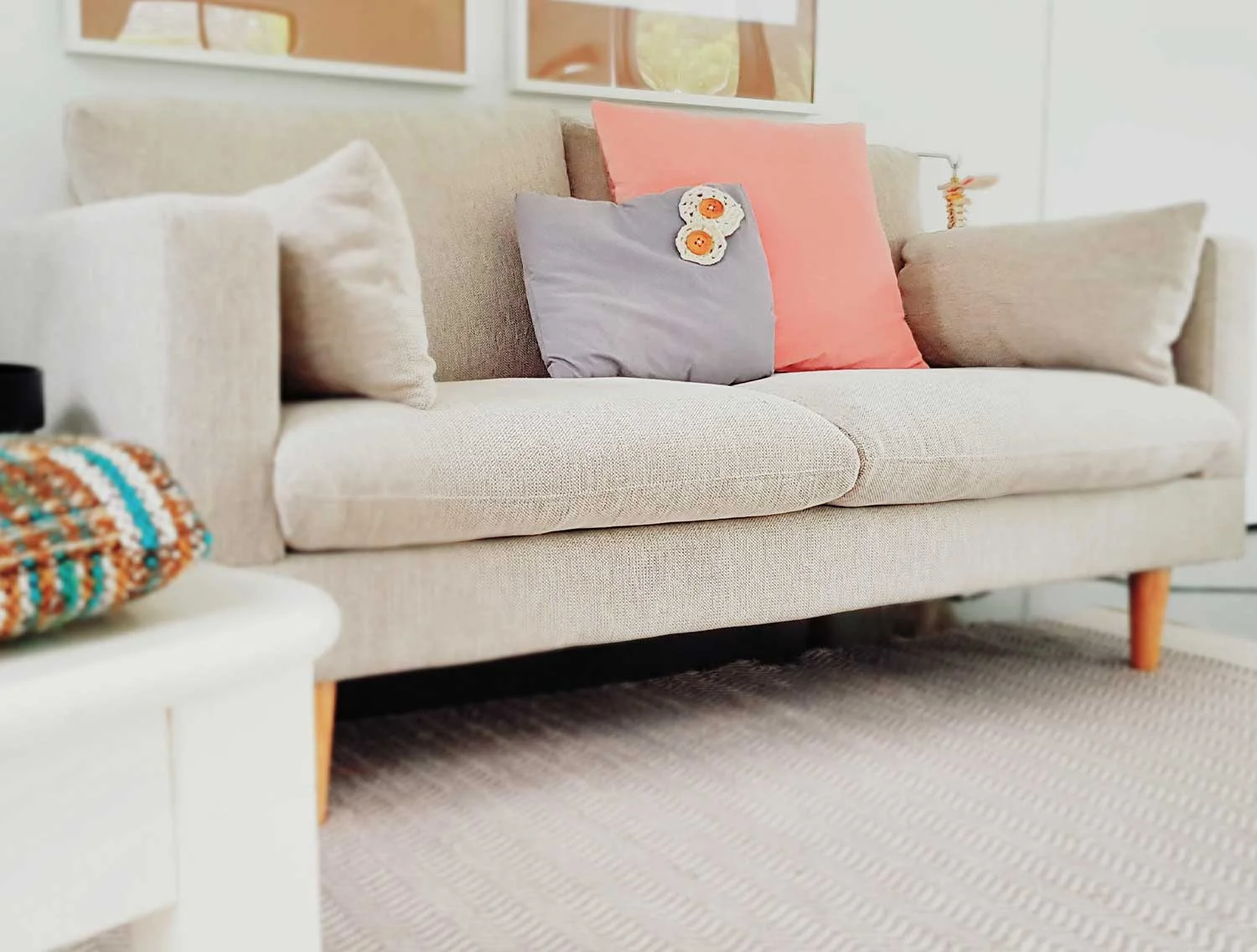How to Prime Your Muscles for Optimal Performance: Part 2
/So How Do I 'Prime' my Muscles to Train Better?
Based on the principle explained in my last post, there are two things we need to do: inhibit, or decrease the neuronal drive to, the facilitated muscles; and stimulate or increase the neuronal activity of, the inhibited muscles. In the simplest of terms, one way to do this is by stretching the tight and strengthening the weak. At a very basic level, this requires an understanding of which muscles are preventing you from achieving the postures you need to get into to do an exercise, and which antagonist muscles may be weaker and thus not able to do their job as a result. Some common muscle pairs that are often imbalanced, with the muscle more often facilitated listed first and its inhibited pair second: iliopsoas (hip flexors) and the deep abdominals, tensor fascia latae and gluteus medius/minimus. Once you’re aware of your specific imbalances (it is always important to get properly assessed so you not only are stretching the correct muscles but also being most efficient with your gym time), it’s may simply be a matter of stretching/rolling the tight facilitated muscles first, then working on isolated strengthening of the weak.
The order is essential: people doing core and abdominal strengthening without first inhibiting their overactive hip flexors are unlikely to be getting the desired benefits; not only are the hip flexors larger muscles in cross section and length, but if facilitated, are primed to always do the work of the smaller, weaker deep abdominals, making it nearly impossible for your planks and rollouts to be doing your core any good. In some cases, and for some muscles, self-stretching isn’t enough, and this is where accessing musculoskeletal therapists such as a physiotherapist or bodywork experts for dry needling, targeted trigger point or fascial release may be needed to get you on your merry way.
Are There Other Ways to Prime my Muscles Pre-Workout?
Another way to prime muscles for optimal performance pre-workout is through sensory/proprioceptive techniques applied directly to the muscles involved. These techniques are more commonly seen in physiotherapy rehabilitation for people with conditions that result in low muscle tone such as post-stroke or with disabilities such as Down’s Syndrome and cerebral palsy – but their principles can and are being more frequently used by athletes and gym-goers looking for that extra edge. I often use techniques such as massage, clapping and vibration to help ‘wake up’ or ‘tone down’ certain muscles before a client does an exercise or activity and have seen definite improvements in performance straight after. Most of these don’t require much equipment and can easily be done in the gym as part of your warm up.
Vibration
Vibration can be applied either low or high frequency to get an inhibitory or excitatory (facilitatory) effect respectively. So you’re looking at using low frequency to tone down the facilitated, overactive muscles and high frequency to stimulate those inhibited, weaker muscles.
High frequency vibration at 100-200Hz has been shown to facilitates muscle tone and increase muscle proprioception or muscles awareness by eliciting a reflex response called a tonic vibratory response, whereby tension within the muscle slowly and progressively increases during the stimulation (Umphred, Lazaro, Roller, & Burton, 2013)
In a 2015 study on children with cerebral palsy, 8 weeks of whole body vibration improved muscle tone, active joint range of motion and enhanced motor activity for three days after it was applied (Cheng, Yu, Wong, Tsai, & Ju, 2015). Although this study was done only on kids with CP, clinically I have found similar positive benefits of localised vibration, using vibrating massage tools or devices such as the Vyper foam roller applied directly to say their biceps and triceps before a curl or skullcrusher. Most clients say they become more ‘aware’ of those muscles and are better able to focus on contracting them. Visualisation, or mental imagery, is another easy technique which has been shown to improve muscle strength (Clark, Mahato, Nakazawa, Law, & Thomas, 2014). Half of participants who had their wrists immobilised for 4 weeks simply focused on flexing their wrists for 11 minutes each day for the month; at the end of the study, those that used mental imagery maintained twice as much strength as those did nothing. These findings have been seen in earlier studies and demonstrate the now well-accepted idea of the body-mind connection. So rather than mindlessly counting reps, imagining your glutes and quads growing and getting stronger as you do your squats may be just what gets you from being average to hitting your next PB.
Clapping, tapping
Clapping techniques are commonly used in massage to increase blood flow and stimulate muscle activity and are most beneficial before playing a game or doing a workout. Conversely, deep pressure, long strokes are aimed at relaxing or toning down a muscle – think a deep relaxation spa massage and how your muscles feel all soft and mushy afterwards. In terms of priming pre-exercises, you’d be looking at deep long strokes for those overactive muscles and clapping on the ones you need to work most.
Proprioceptive Neuromuscular Facilitation (PNF)
PNF first made its mark on post-polio patients in the mid 1900’s to enhance active and passive range of motion in order to improve motor performance. Some PNF techniques that are well known today include contract-relax stretching and alternating isometrics to improve stability and proprioception. Providing a quick stretch followed by resistance before doing the required muscle movement causes muscle spindles to fire which initiates/enhances motor responses so facilitation occurs (Hagen N., 2010)

